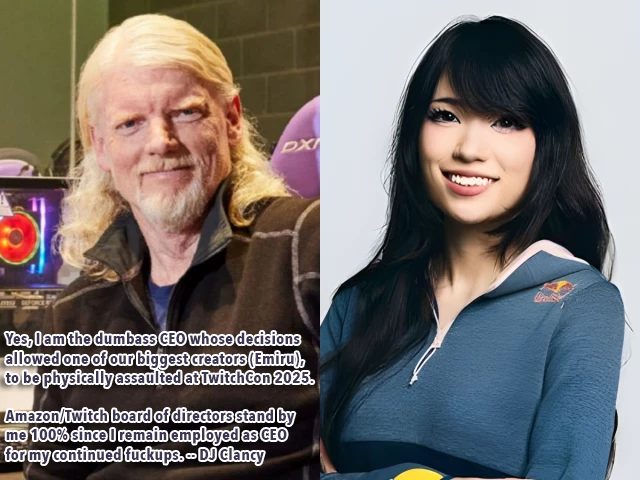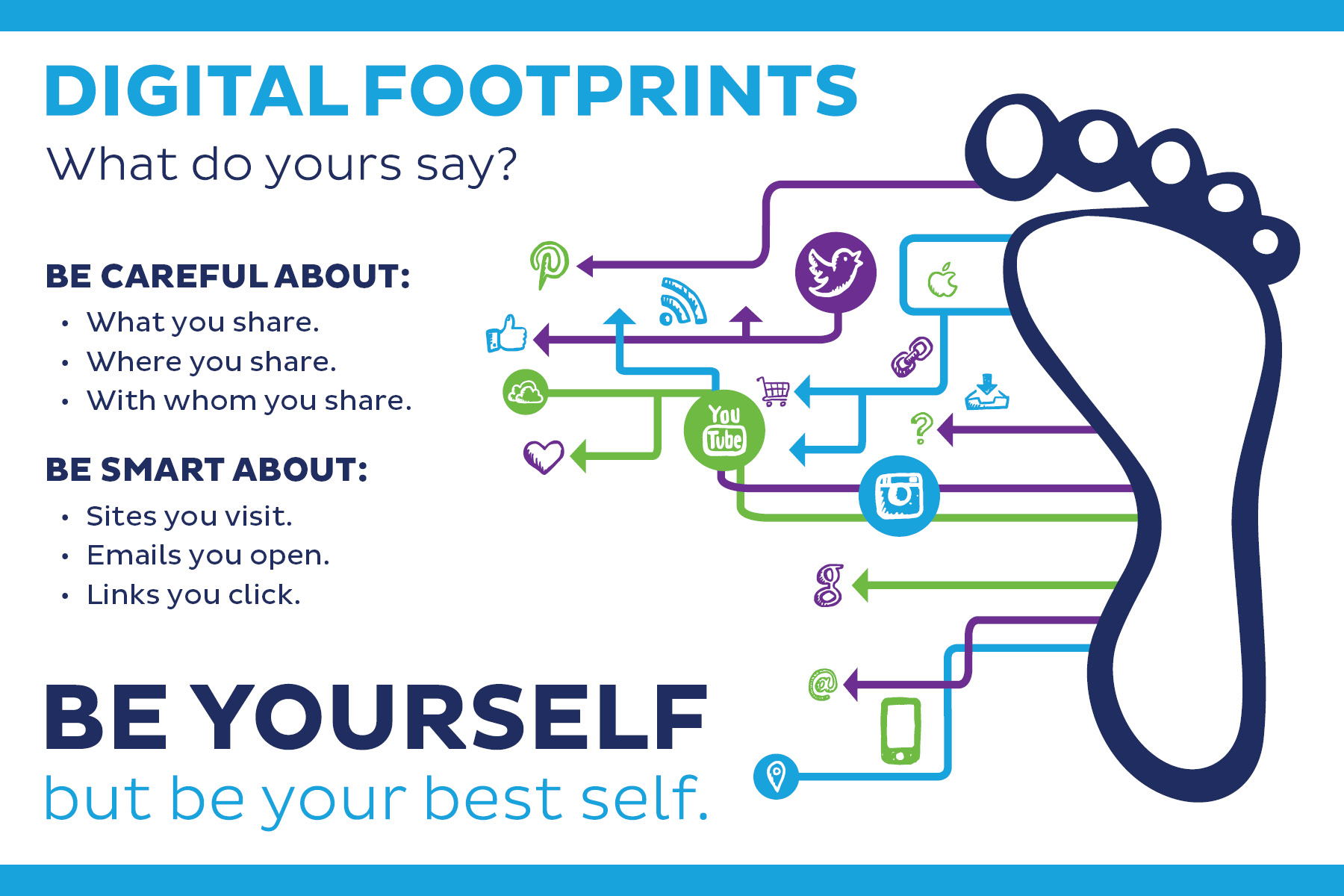2 years has passed since I last posted on this blog. Since then, I added another 64GB memory stick and 2TB SSD into my MSI Trident X PC, purchased my first Apple Watch (a series 8), upgraded to an iPhone 14, and bought a certified refurbished 2019 Mac Pro since my 2010 started kernel panicking due to the Northbridge cooling issues (I did get a refurbished processor tray with 48GB RAM and a 6-core 3.46GHz Xeon that was redone with new clips for $200, but didn’t want to rely on that considering the age of the machine). I bought the 2019 right after the Apple Silicon Mac Pro was announced in June 2023 at WWDC (picked up the cheapest one at $4,099 with 32GB RAM and the 512GB drive).
Why didn’t I just buy the new Apple Silicon model (or move to an HP Z)? One of the main reasons of not choosing this 1st generation Apple Silicon Mac Pro is due to the “limitations” of the new architecture (192GB maximum unified memory plus lack of discrete GPU support) along with most of my Intel native software (yes, I know about Rosetta 2 but that defeats the purpose of moving to Apple Silicon on what I consider a constrained design). I know that Intel macOS support is going to end in a couple of years, BUT I lived on an outdated operating system version (being aware of security considerations) on my 2010 (I knowingly kept it at High Sierra for example so that I could continue using an older version of Photoshop and QuickTime 7 Pro). As for an HP Z, a similar configuration would be in the same general price range (actually $400 more expensive) for something like a Z6 G5 (plus transitioning over to Windows 11; it’s more about 3rd party software transitioning so staying with this last Intel Mac Pro’s represented the least amount of friction).
My 2010 is now on Mojave (still outdated) and serves as a backup which can still run QT7 (it’s still the swiss army knife for really quick video cutting/trimming and combining audio/video tracks). My 2019 has been upgraded to: 256GB of RAM, a Sonnet M.2 4×4 (I have two 8TB and two 4TB NVME’s for 24TB of storage on that card), and a Sonnet Fusion Flex 3-drive mounting system filled with a 7200RPM 8TB disk drive, an 8TB SSD, and a 4TB SSD. With all of these upgrades, it still results in a system that costs less than the entry point of the 2023 Mac Pro (which is a head spinning $6,999). Yes, the Intel Mac Pro may not match up in the raw processor benchmarks, but that’s only a small part of the equation.
I’ve been extremely satisfied with this decision (and I expect this to likely be the last desktop Mac I will purchase if it lasts as long as my 2010 has; I don’t foresee myself getting an Apple Silicon based Mac until they hit the M4; and that will likely be a laptop). On a side note, the cost of higher capacity SSD’s and NVME’s coming down (economies of scale) in recent years has allowed me to finally move away from mechanical drives (I’m using one for scratch disk/home directory purposes). By comparison, my 2010 had a mix of 4TB and 6TB hard drives adding up to 24TB of storage; this contributed to most of the heat and noise from the system. This 2019 system runs a whole lot cooler and is nearly silent. The only downside is having to utilize a High Sierra or Mojave virtual machine so that I can continue utilizing QT7 (it does the quick editing tasks that nothing else comes close to).
As for Apple’s newer initiatives, most of them are iterative evolutions and nothing revolutionary (which is why I haven’t posted for awhile). That includes the Apple Vision Pro. When announced, it did not give me that same compelling feeling of “backing up the truck” like when the iPhone was originally announced. Spatial computing will be a thing eventually, BUT the biggest issue even with the AVP is the head set. It doesn’t matter how light weight they can get it (or the materials to make it as comfortable as possible). It’s still a cumbersome piece of equipment which is worn on your head/face. I would say something like that is tolerable in a climate controlled sort of environment for short periods of time, but for the average person, it’s not going to be something that will be comfortable having on for long periods of time. It’s one of the reasons why VR has remained a niche. It may get some uptake in niches though like the healthcare and medical fields.
As for VR, even Mark Zuckerberg acknowledged that this VR headset wearing isn’t the future (the AR Ray-Ban smart glasses they’ve pivoted to are what they are shooting for). Ironically, it was rumored years ago that Apple was working on a similar wearable smart glasses concept. The biggest issue with smart glasses though is housing all of the electronics for the computing (that is the bulk of the AVP along with the goggles which provides higher resolution for the HUD/AR) without sacrificing a ton of functionality and performance. Basically, it’s going to take a huge leap in SoC density as well as smaller/better imaging sensors to get that level of shrink without compromising a lot of highly granular functionality with a smart glasses type of form factor. But it’s the sort of form factor that is going to be far more acceptable to consumer uptake when it comes to that part of the spatial computing equation.
I know that the initial Apple smart glasses were based on being tethered to an iPhone (for some of the compute related functionality). That’s how I see this playing out though like how the early Apple Watches relied heavily on an iPhone being near (whereas later series, don’t need to be near one). AVP is going to be a niche that drives the software development (spatial computing paradigm), and push the further miniaturization of the Apple Silicon processing hardware. In other words, the AVP is going to be an expensive niche for early adopters; not something that will turn into a mass consumer market product until it has been iterated on several times. And this entire smart wearables (that bridges the current portable/desktop computing and smartphone form factors) is going to be highly competitive since you are going to have the major tech players getting involved (a good thing IMHO). I’m personally expecting this to play out over the next decade.




One Comment